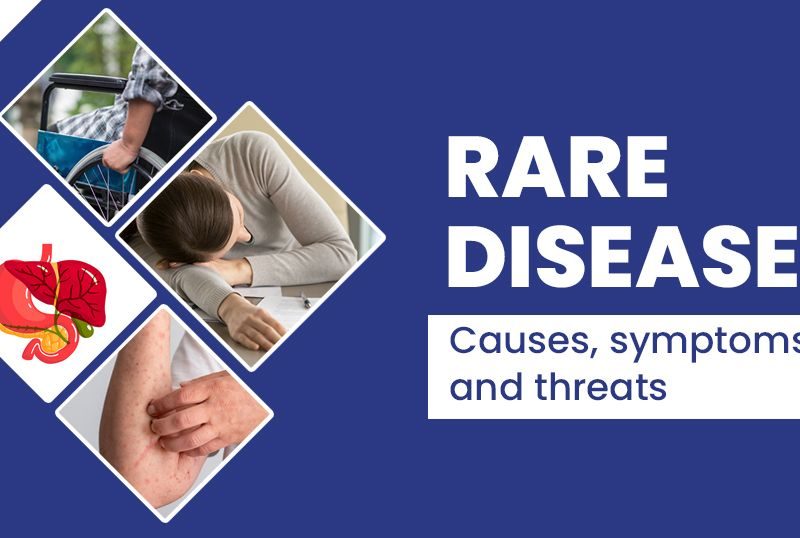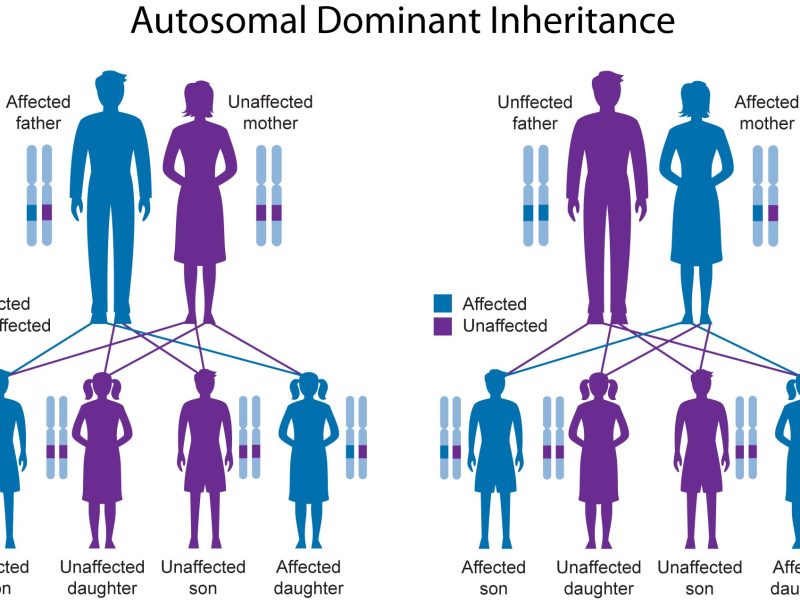Infectious diseases are illnesses caused by microorganisms such as bacteria, viruses, fungi, or parasites. These diseases can be spread from person to person, animal to person, or through contaminated food, water, or objects. While preventive measures like vaccinations, proper hygiene, and sanitation have significantly reduced the prevalence of infectious diseases, they still pose a significant threat globally. In this article, we will discuss some of the most common infectious diseases, their symptoms, prevention, and treatment.
1. Influenza (Flu)
Influenza, commonly known as the flu, is a highly contagious respiratory illness caused by the influenza virus. Symptoms of flu include fever, cough, sore throat, muscle aches, fatigue, and sometimes gastrointestinal symptoms. Flu spreads through respiratory droplets when an infected person coughs or sneezes. Prevention: The best way to prevent flu is by getting an annual flu vaccine. Regular handwashing, avoiding close contact with infected individuals, and covering the mouth and nose when coughing or sneezing are essential preventative measures. Treatment: Most cases of flu can be managed with rest, fluids, and over-the-counter medications to relieve symptoms. Antiviral medications may be prescribed in severe cases or for individuals with underlying health conditions.
2. Common Cold
The common cold is a viral infection of the upper respiratory tract. It is a milder illness compared to the flu but shares many similar symptoms. These include a runny or stuffy nose, sore throat, sneezing, coughing, and mild headaches. The common cold is highly contagious and spread through respiratory droplets or direct contact with infected surfaces. Prevention: Practicing good hygiene, such as handwashing and avoiding close contact with infected individuals, can help prevent the spread of the common cold. Additionally, avoiding touching the face and eyes can reduce the risk of infection. Treatment: There is no cure for the common cold, and treatment typically focuses on relieving symptoms. Over-the-counter cold medications can help manage symptoms, but rest and hydration are key factors in recovery.
3. Tuberculosis (TB)
Tuberculosis is an airborne bacterial infection caused by Mycobacterium tuberculosis. It primarily affects the lungs but can also affect other parts of the body. Symptoms of active TB may include persistent cough, chest pain, fatigue, weight loss, and night sweats. TB spreads through the inhalation of respiratory droplets from an infected individual. Prevention: The BCG vaccine is commonly used to prevent severe forms of TB in countries with a higher prevalence of the disease. Additionally, proper ventilation and good respiratory hygiene can reduce the risk of transmission. Treatment: Active TB is treatable with a combination of antibiotics taken for several months. Treating TB requires strict adherence to medication regimes to prevent the development of drug-resistant strains.
4. Hepatitis
Hepatitis refers to the inflammation of the liver, commonly caused by viral infections like hepatitis A, B, C, D, and E. Symptoms of hepatitis vary depending on the type but can include fatigue, jaundice, abdominal pain, loss of appetite, and nausea. Hepatitis A and E are primarily transmitted through contaminated food and water, while B, C, and D spread through blood, semen, or other body fluids. Prevention: Vaccinations are available for hepatitis A and B, reducing the risk of infection. Practices such as safe sex, using clean needles, and avoiding shared personal items can prevent the transmission of hepatitis. Treatment: Treatment for hepatitis depends on the type and may involve antiviral medications, supportive care, and lifestyle modifications like rest, proper nutrition, and avoiding alcohol and certain medications that can further damage the liver.
5. Malaria
Malaria is a life-threatening disease caused by the Plasmodium parasite and spread through mosquito bites. Symptoms usually appear within a few weeks after infection and include fever, chills, headaches, muscle aches, and fatigue. If left untreated, malaria can lead to severe complications and even death. Prevention: Preventive measures for malaria include using mosquito nets, wearing protective clothing, and using insect repellents. In regions where malaria is prevalent, antimalarial medications are available for prophylaxis. Treatment: Malaria is treated with prescription antimalarial drugs. The specific medication and duration of treatment depend on the type of malaria and the severity of the infection.
Conclusion
While there are numerous other infectious diseases globally, understanding and taking preventive measures against these common ones is crucial. Vaccinations, good hygiene practices, and awareness about transmission modes play a significant role in reducing the burden of infectious diseases on individuals and communities. If you suspect you have contracted an infectious disease, it is vital to seek medical attention promptly to receive appropriate diagnosis and treatment.


